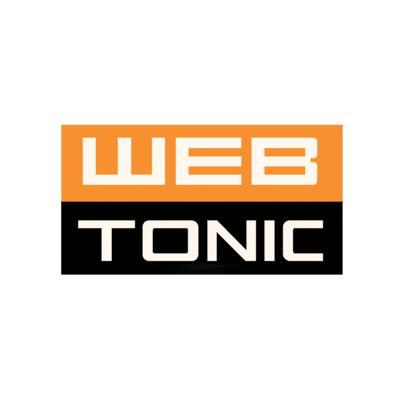
Introduction to UX: Creating Meaningful User Experience
By: Lerato Molapisi
User Experience (UX) design is an essential field that combines art, science and technology to create products that are not only functional but also enjoyable to users.
As digital products become increasingly complex, the importance of UX design grows.
As a UX designer, you need to have a fundamental understanding of how users interact with online content and how to provide users with seamless user experience; your ultimate goal being to ensure that users can accomplish their tasks efficiently and enjoyably.
As designers we approach projects by covering the following key activities.
Key activities of UX Design
- Understanding the Business goals
● Meeting with the business and product owner to understand the objectives, goals and outline what success looks like. - User Research
● Understanding the target audience through interviews, surveys, and usability testing.
● Developing user personas that represent different segments of the user base.
● Building user journeys to create the optimal experience. - Information Architecture
● Organising content and data in a way that makes it easy for users to find what they need.
● Creating site maps and hierarchies to visualise the structure of the product.
● Card sorting with users to test understanding and language. - Wireframing and Prototyping
● Developing wireframes to outline the basic layout and functionality of a product.
● Building prototypes to test and iterate on design concepts before full development. - Visual Design
● Crafting the aesthetic elements of the product, including colour schemes, typography and imagery.
● Ensuring that visual design aligns with user expectations, brand Corporate Identity and enhances usability. - Usability Testing
● Conducting tests with real users to identify pain points and areas for improvement.
● Analysing feedback and iterating on designs to enhance the overall experience.
As a UX designer we also look at the context of use, this relates to the environment, conditions and situations of which a product or service is used. These factors influence how users engage with the product or service and therefore effect the approach to how the end solution is devised.
Here is what constitutes a product use context:
- Physical environment which talks about where the product is used and the physical conditions of the environment
- User characteristics such as age, gender, experience levels and needs and user goals
- Tasks and activities which speaks on the main activities a user intends to accomplish with the product
- Social and cultural factors (cultural norms; identifying patterns, word associations etc.)
- Technological context (devices used; mobile, desktop, tablet)
- Temporal factors (when the product is used and how often)
Ultimately our role is to ensure that we represent the user’s needs, pain points, opportunities and relay that to the project team to deliver a product which is user centric. However, we craft a balance between the user and business in terms of time, budget and quality to ensure what is proposed is a comprise of user and business needs.

